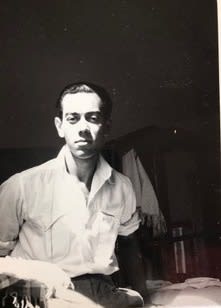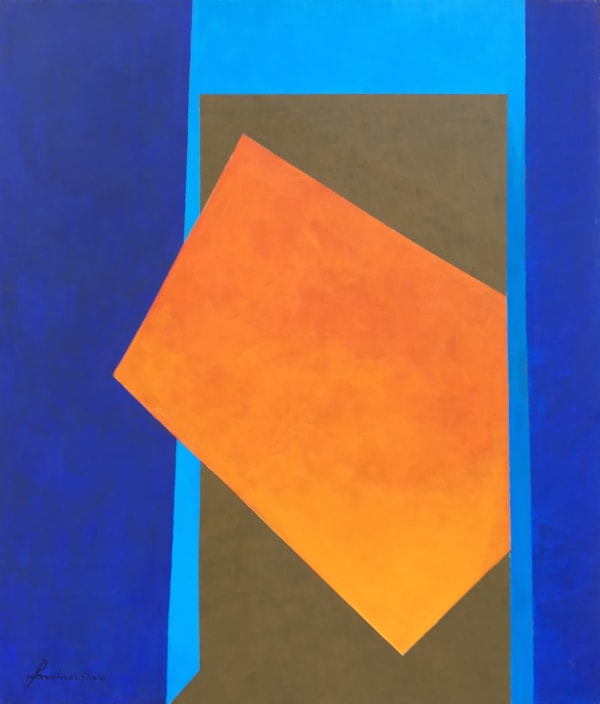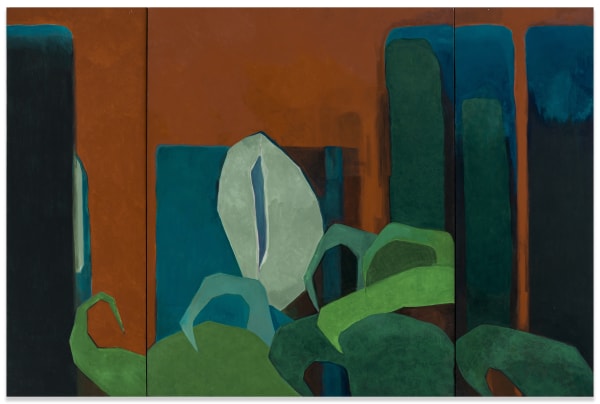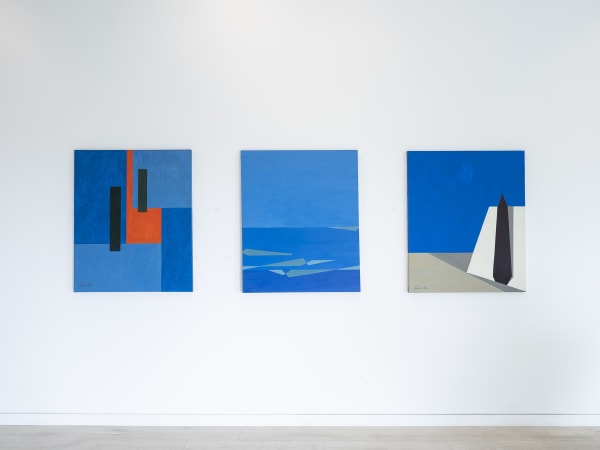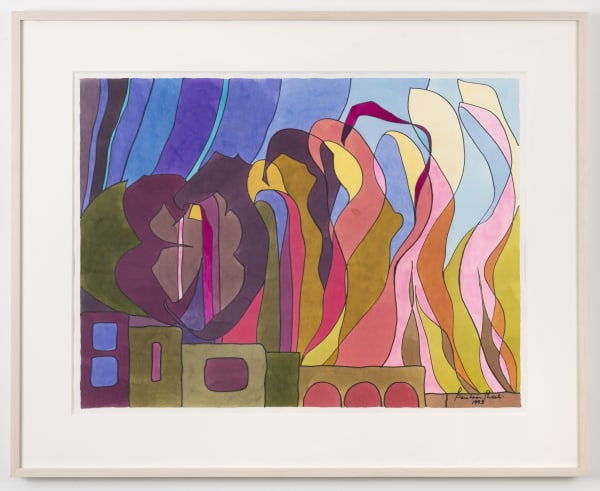The Estate of Wassef Boutros-Ghali
Wassef Boutros-Ghali was a painter born into a family of politicians in Cairo, Egypt in 1924. Showing an early proficiency in the arts, he later joined the studio of Jaro Hilbert, a classically trained painter who became Boutros-Ghali’s mentor. Eventually, Boutros-Ghali left his political legacy to pursue a career in architecture. He served as a technical consultant for the environment and urbanism with the United Nations, and executed building in Egypt, Ethiopia, Saudi Arabia, Kuwait and the Sudan. All the while, he continued his artistic practice.
His evolution as an artist was also precipitated by restrictive circumstance. Political revolution and a necessary relocation in 1963 constrained his access to artistic materials and supplies. Nonetheless he persevered, creating an experimental body of work that informed his artistic process throughout his life. Boutros-Gauli moved to New York in 1971 where his practice was further elevated, invigorated by the art scene there at the time. Larger canvases and abstracted forms became more prominent in his work. Additionally, he replaced oils with acrylics as his choice medium.
Upon returning to Cairo in 1985, Boutros-Ghali’s compositions featured vibrant colors that convey energy and motion as well as a geometry that bares notes of modern architecture. Harmony and balance are made visible through asymmetry combined with a subtle tension in the preservation of the optical experience of space. With subjects based on mythology, nuanced observations of daily life, and stories influenced by dreams, creating works that speak to the pure and unrestricted physicality of painting. Boutros-Ghali continued to paint until his death in 2023 in Cairo.
Boutros-Ghali’s work is included in the collections of the Barjeel Art Foundation, Sharjah, UAE and the Boca Raton Museum of Art, Boca Raton, FL, USA. His 2023 solo exhibitions include Wassef Boutros-Ghali: Echoes of Creativity, albertz benda, Los Angeles and Wassif Boutros-Ghali Arts Club London, curated by Wedel Art, London, UK. He was featured in the group exhibition, Exhibition Nº 120 (maybe) at Galerie Balice Hertling, Paris, FR in 2022.
-
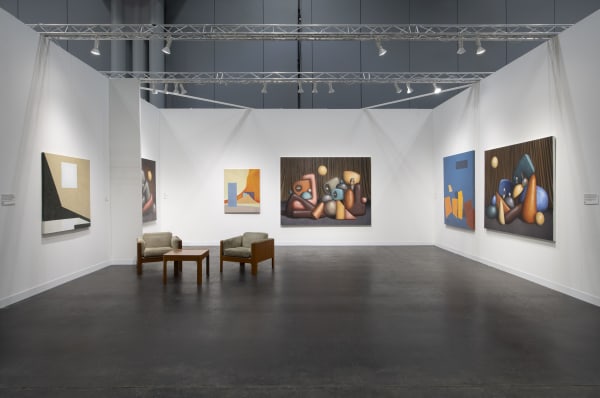
The Armory Show 2023 | Booth 438
New York September 7 - 10, 2023Link: Online Viewing Room VIP Preview: Thursday, September 7 Public Dates: Friday, September 8 | 11am–7pm Saturday, September 9 | 11am–7pm Sunday, September 10 |...Read more -
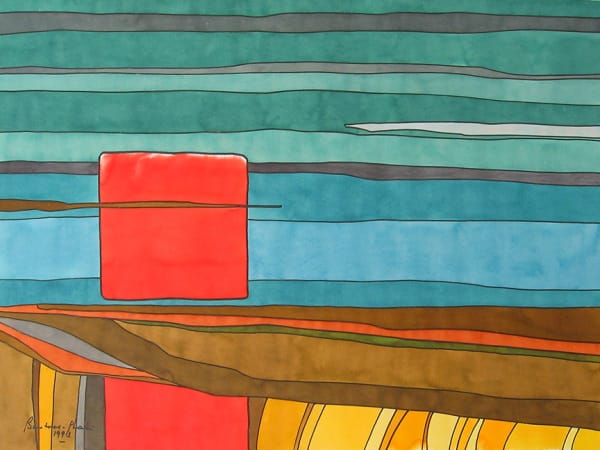
Frieze Masters 2021
London October 13 - 17, 2021IN COLLABORATION WITH RHONA HOFFMAN GALLERY, CHICAGO SPOTLIGHT SECTION | BOOTH G16 VIP Preview Days: October 13 & 14 Public Days: October 15, 16, 17...Read more
WASSEF BOUTROS-GHALI
1924 - 2023
1971-1984 Principal Technical Advisor to the United Nations
Development Program (UNDP), New York, NY
1963 Conducts studies on behalf of UNESCO for the
restoration of ancient monuments in Tunisia, Algeria,
and Morocco
1950 Opens his first architectural practice in Cairo, Egypt
1946 Boutros- Ghali graduates first in his class for
Architectural Engineering from Cairo University
1924 Born in Cairo, Egypt
PUBLIC COLLECTIONS
Barjeel Art Foundation, Sharjah, UAE
Boca Raton Museum of Art, Boca Raton, FL, USA
SELECTED EXHIBITIONS
2023 Wassef Boutros-Ghali: Echoes of Creativity, albertz
benda, Los Angeles
Wassif Boutros-Ghali Arts Club London, curated by
Wedel Art,London, UK
2021-2022 Wassef Boutros-Ghali I Levante, Christine König
Galerie, Vienna, AT
2021 Frieze Masters with Rhona Hoffman Gallery and
albertz benda, London, UK
Wassef Boutros-Ghali, Rhona Hoffman Gallery,
Chicago, IL
The Armory Show, Rhona Hoffman Gallery, New York,
NY
2020 Wassef Boutros-Ghali: A Retrospective, albertz benda,
New York, NY
The Armory Show, Rhona Hoffman Gallery, New York,
NY
2019 Art Basel Miami Beach, Rhona Hoffman Gallery, Miami
Beach, FL
GROUP EXHIBITIONS
2022 Exhibition Nº 120 (maybe) Galerie Balice Hertling, Paris, FR
SELECTED PRESS & BIBLIOGRAPHY
Gyimesi, Jenna. "These Retirees Were Just Artists in Waiting, " AARP, July 2021
Clavarino, Elena. "Wassef Boutros-Ghali: A Retrospective," Graydon
Carter's Air Mail, October 9, 2020.
El Chiati, Wafika. Wassef Boutros-Ghali: A Retrospective. Cairo, Egypt; 2003.
Grosso, Caroline. "Art Basel Miami Beach 2019: The Ultimate Guide to What to Do and What to See," L'Officiel USA. December 7, 2019.
Hawa, Kaleem. "Wassef Boutros-Ghali: A Retrospective," Brooklyn Rail, December 20,2020.
MacAdam, Barbara. Imaginary Geometry: Wassef Boutros-Ghali's Art. New York, NY; 2020.
EXTENDED CHRONOLOGY
1924 Wassef Boutros-Ghali is born in Cairo, Egypt. His family
is Coptic, a Christian religious minority in Egypt.
1936 Wassef begins to study art in the studio of Czech realist
painter Jaro Hilbert.
1941 Wassef enters Cairo University to train as an architect in
the faculty of engineering. His instructors are trained in
the Beaux Arts and his education leans toward that
school rather than international modernism, although
the latter is more a reflection of his sensibilities.
1946 Wassef graduates first in his class and wins several
competitions soon thereafter.
1947 After the war, Wassef, a self-proclaimed disciple of Le
Corbusier, visits the architect's works in France and
then travels to Switzerland to visit Bauhaus and other
modernist buildings. He spends an intensive period
visiting all of the major museums in Europe.
1950 Construction of Dar El Nil, Wassef’s first architectural
project is completed. The building follows the
international modernist style, an exception at the time
in Egypt.
1952 The Egyptian revolution of 1952. A coup d’état is waged
by the Free Officers Movement, aimed at deposing
King Farouk. Anti-monarchist and anti-aristocratic,
this resulted in widespread agrarian and economic
reform. Land ownership is limited to 100 acres. The
Boutros-Ghali family loses a significant amount of
their wealth in land re-distribution. Nonetheless, the
family continues to serve and support their country.
1960 Political strife continues. As things become
increasingly difficult in Egypt, Wassef opens an
architectural office in Khartoum, Sudan (formerly
Anglo Egyptian Sudan). During this period Wassef
paints numerous watercolors. He also begins to paint
in oil.
1963 Rome, Italy. Wassef moves his family to Rome, Italy, for
over four years. He continues to work between
Khartoum, Port Sudan, and Rome. He is asked by
UNESCO to go to various countries - including Tunisia,
Algeria, and Morocco - to make feasibility studies for
restoration of ancient monuments. Wassef sketches
religious themes.
1969 The Sudan has its own revolution, the second for
Wassef. All the banks, his main clients, are
nationalized and his work diminishes. Wassef decides
to leave the Sudan.
1971 Wassef moves to New York City for his role as Principal
Technical Advisor to the United Nations Development
Program (UNDP).
1974 Wassef paints his first work in acrylic: Quand vit venir
Renault.
1984 Retires from UNDP
Late 80s Painting full-time. Wassef dedicates himself full
time to his art practice. His subject matter turns toward
Biblical (New Testament) stories such as The Last Supper,
The Entry of Christ intro Jerusalem and Entombment.
These subjects are rendered in watercolor
which provides for more precision and intimacy.
2007 Returns to Cairo. Wassef starts spending the
majority of the year in Cairo. The equilibrium of
geometric spaces plays a bigger role in his
paintings.
2011 25th January Revolution in Cairo. This represents
the third revolution that Wassef lived through.
2023 Dies in Cairo, Egypt.
